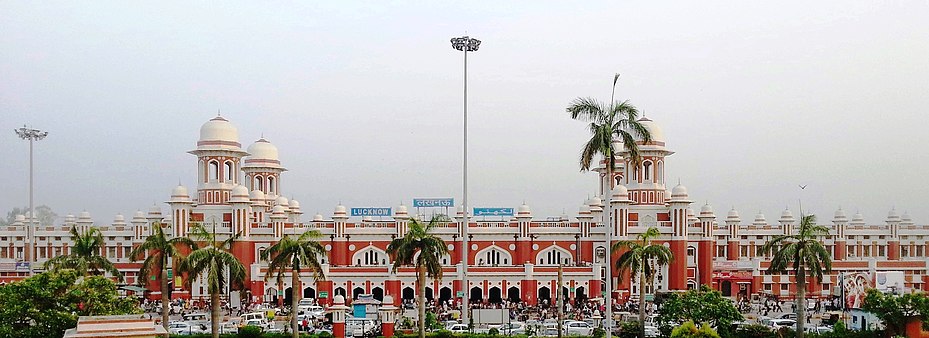Beneath the bustling streets of Kolkata, Chennai (Madras), Mumbai (Bombay), and Delhi, a unique architectural language whispers tales of a bygone era. This is the realm of Indo-Saracenic, a style not bound by strict definition, but by a captivating blend of East and West. Imagine soaring domes that echo the Mughals, juxtaposed with Gothic arches and Venetian windows, all adorned with intricate Indian motifs. This is the essence of Indo-Saracenic, a story waiting to be told.
Born in the late 19th century, amidst the throes of British colonialism, Indo-Saracenic wasn’t merely an architectural style; it was a political statement. As the British Empire sought to solidify its power, they commissioned buildings that spoke of grandeur and exoticism. Yet, beneath the surface, a subtle dialogue unfolded. By incorporating elements of India’s rich architectural heritage, the architects acknowledged the land they governed, creating a fascinating hybrid.
The Victoria Memorial in Kolkata stands tall as a testament to this fusion. Its white marble facade whispers of Mughal opulence, while the Venetian windows and domes hint at European influences. Inside, stained glass windows depict scenes from Indian mythology, blurring the lines between colonizer and colonized.
But Indo-Saracenic wasn’t just about grandeur. Take the Chhatrapati Shivaji Maharaj Terminus in Mumbai, once known as Victoria Terminus. This bustling railway station, a UNESCO World Heritage Site, seamlessly blends Indian tracery with Romanesque arches and Gothic spires. It’s a symphony of cultures, welcoming travelers from all corners of the globe.
However, the narrative of Indo-Saracenic is not without its complexities. Some argue that it was a tool of colonial appropriation, a way for the British to legitimize their rule. Others see it as a celebration of India’s diverse heritage, a testament to the country’s ability to absorb and reinterpret influences from afar.
Today, Indo-Saracenic stands as a legacy, a reminder of a time when cultures collided and a unique architectural language emerged. As India embraces its future, these grand structures serve as a bridge between past and present, inspiring contemporary architects to explore the possibilities of cultural fusion.
The story of Indo-Saracenic is far from over. It continues to evolve, inspiring artists, architects, and storytellers to delve into its depths. In the ever-changing world of architecture, this style reminds us that beauty often lies in the unexpected, where cultures meet and unique narratives unfold. So, the next time you encounter a building that whispers of domes and minarets, remember, that it’s not just a structure; it’s a portal to a fascinating chapter in history, waiting to be explored.


Recent Comments